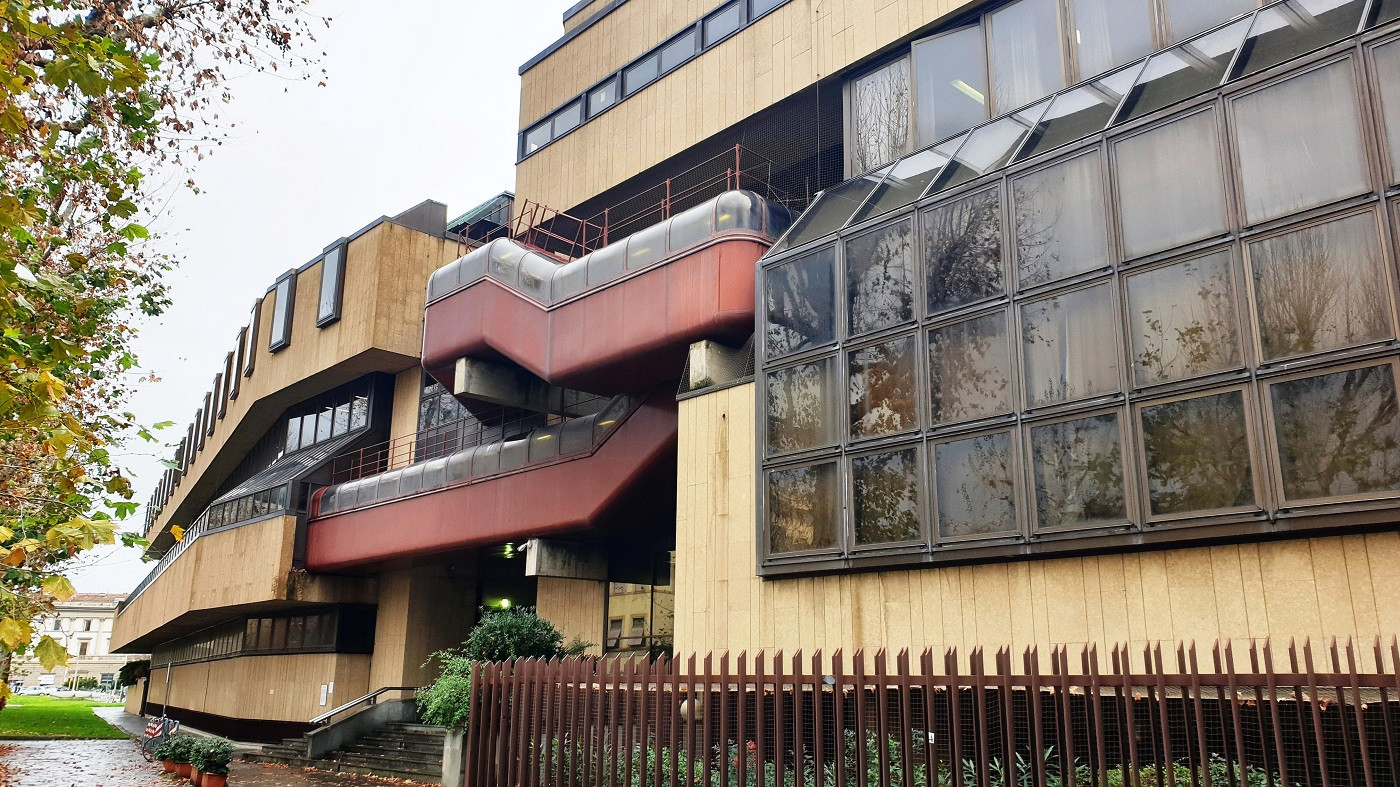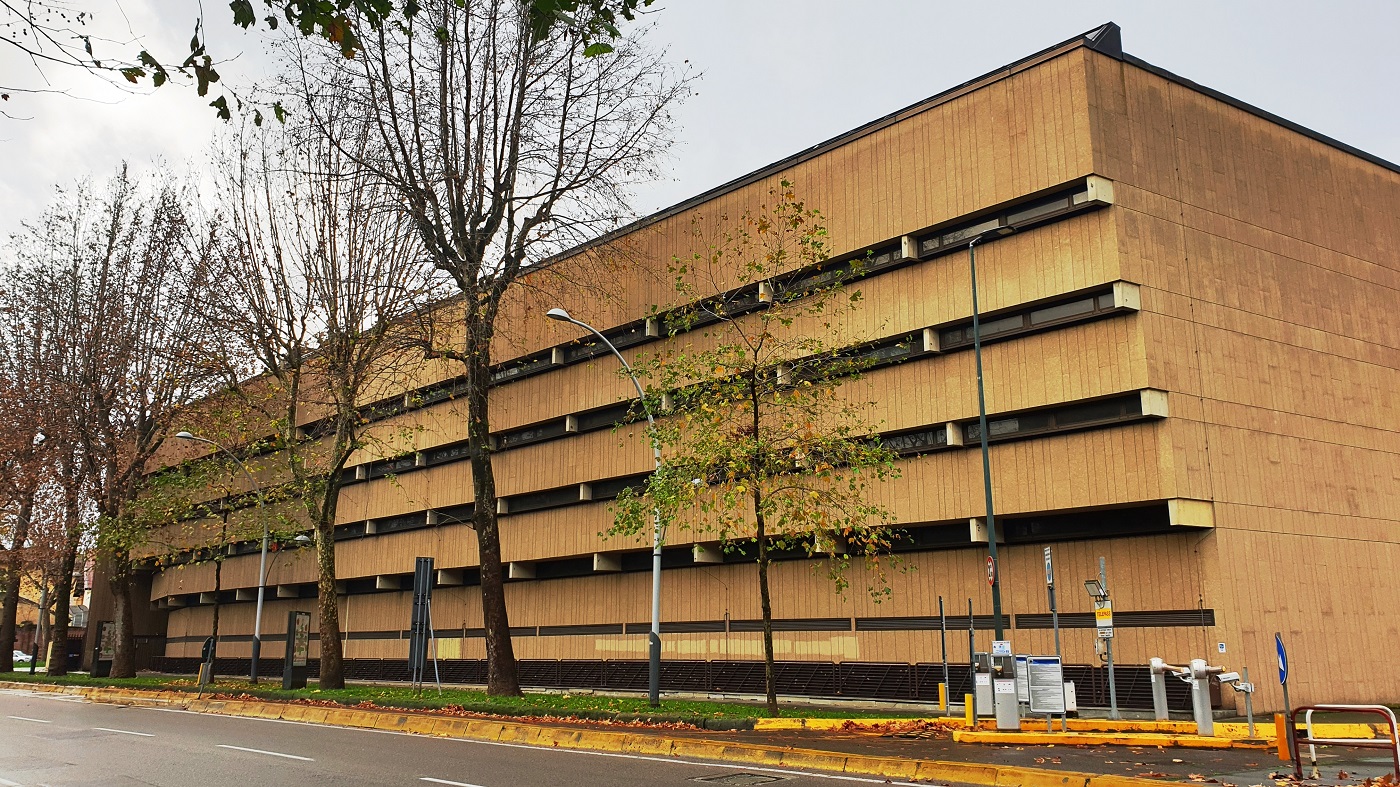
Beyond Renaissance in Florence - The Nuovo Archivio di Stato, an endless controversy
The Florentine archives are an immense cultural heritage,
given the historical importance of the city, and one of these controversies, even if now distant, concerns il Nuovo Archivio di Stato (New State Archives).
Founded in 1852 by the Grand Duke
Leopold II of Tuscany, it is "rich in 600 collections, for a total of over
75 km of documents, from the eighth century to the present day, of the most
diverse types: correspondence, diplomas, illuminated manuscripts, statutes,
drawings , nautical and geographical maps that bear the historical memory of
the political, social, cultural and artistic events of Florence and Tuscany,
making the State Archive of Florence a point of reference for researchers from
all over the world " (from the official website of the State
Archives). In addition to these funds, there are enormous quantities of
administrative and economic materials, land registers, bequests, notary
archives and much more.
The original site of the Archive was in the Uffizi Palace along with the museum, where
many materials were kept in the underground deposits and in the lower floors.
Everyone knew that the Arno periodically
flooded the city. In every times it had happened and as a testimony of this there are commemorative
plaques that date back to 1500 and even earlier scattered around the city. Inevitably, the 1966 flood caused enormous damage. Despite the precedents, no one had foreseen it. This did not concern only
the Uffizi, the National Library, one of the most important in Italy, is
also on the Arno riverbank with all its underground deposits full of books and
documents. There, too, it was a catastrophe.
In the 1980s it was finally decided to transfer the Archive and build a
new, modern and safe location, in the area between Piazza
Beccaria, Viale della Giovane Italia and Viale Amendola.
Sure, the history of the place boded nothing good already. The city walls used to pass
through the area until 1865, they were demolished in those years as part of the urban plan by
architect Giuseppe Poggi, linked to the "Florence capital" project. The place was gloomy and "cursed" because from 1531 to
1759, immediately outside
Porta alla Croce (still standing today in the center of Piazza Beccaria) there was the Prato della Giustizia, where the death sentences were
carried out by beheading, right next to where the State Archives now stands.
After the demolition of the walls, in Poggi's urban plan the land up to the Arno riverbank was
intended as a public field. Instead, on one part were immediately built barracks for
the Carabinieri, which still exists. The other part
remained a field until 1936, when the Casa Italiana del Littorio (GIL), the
fascist organization of young people aged 6 to 21, was built. The structure was
immediately called Casa del Balilla, from the name of the young people aged 8
to 14 enrolled in the fascist youth organization Opera Nazionale Balilla: the “balillas”.
The term "balilla" was inspired by an episode of a Genoese revolt
against the Austrian occupation, when the young Giovan Battista Perasso, known
as "balilla", incited the crowd to revolt in 1746.
As always, very different opinions were expressed: it was defined beautiful, exciting, an example of
functional architecture, but also modest, squalid, an example of propaganda
monumentalism. In praise was even cited the influence of Erich Mendelsohn,
one of the most important German architects, author of the Einstein Tower in
Potsdam, a work-symbol of expressionism.
After the war the building was used as a swimming pool, cinema and variety
theater until 1975, when it was demolished to make way for the State Archives,
built by the architect Italo Gamberini, whose most cited work remains the
Center for contemporary art Luigi Pecci in Prato. The decision was taken by the
new council of the Municipality of Florence elected in 1975, led by the
communist Elio Gabbuggiani, who had neither doubts, nor hesitations.
The new steel and concrete building of the Archivio di Stato was clad in artificial stone made of
concrete slabs mixed with brown coloring materials, of metal window frames
and other dark iron structures. Certainly very efficient, modern and finally
safe from floods and fires, however a building of heavy apppearance, resembling a
military installation, due to the masses of raw concrete, iron structures and
dark colors.
The opinion of Antonio Paolucci, an important art historian and long-time
Superintendent of Fine Arts of the Province of Florence - much loved in the
city - weighed heavily on the negative judgment of the population. In an article of February 2nd, 2001 in
the newspaper La Repubblica, Paolucci regrets the old palace “destroyed only for
political reasons, of pure ideological hatred: because it was fascist and
because it was also beautiful. Certainly more beautiful than the sad building
quickly built up immediately afterwards to house the State Archives destined to
leave the Uffizi ".
Of course it is difficult to judge whether it is right to keep a building
standing just because it bears witness to a certain era and has a strong stylistic
identity. Modern orientations, however, are set to preserve these structures,
even if they have a taste and meaning far from the contemporary one.
If the
city council had to make the decision today, surely the Casa del Balilla would
not be demolished and the State Archives would be built elsewhere.

The back side on viale Amendola



